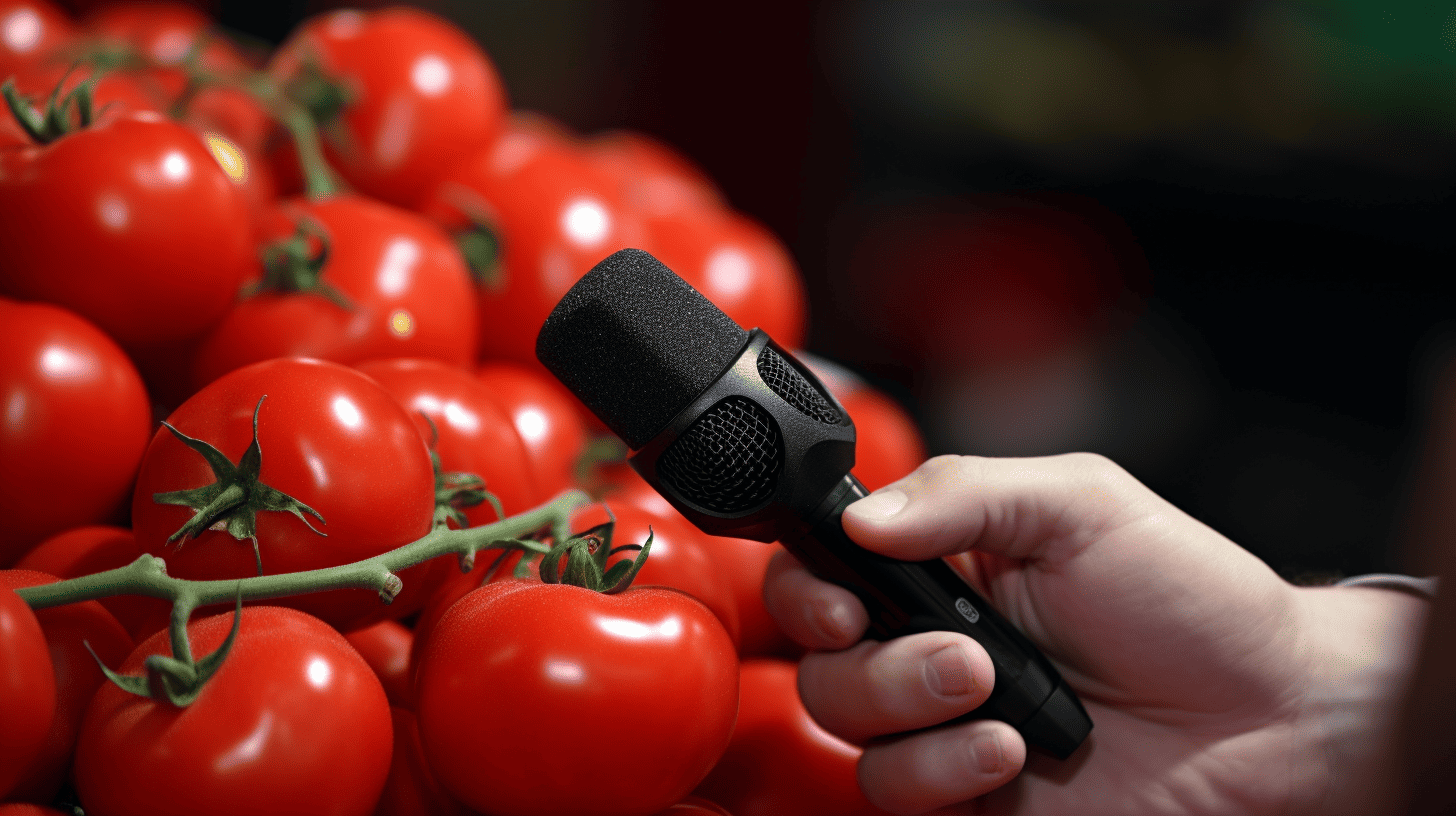
In a weekly column, alternately written by Lucien Engelen, Maarten Steinbuch, Carlo van de Weijer, Daan Kersten and Tessie Hartjes, E52 tries to find out what the future will look like. All five contributors are all working on technologies that can provide solutions to the problems of our time. This Sunday, it‘s Tessie Hartjes’ turn.
Here are all the prior editions of [TOMORROW IS GOOD]
Ditching bad habits and sticking to the right ones can make it easier to balance our demanding lives. That is why there are now many different gadgets and apps to help you organize yourself daily. Your watch, for example, congratulates you when you’ve reached your exercise goal of the day or notifies you when it is time to go to bed. The Forest app gives you a nicely grown tree when you’ve stayed off your phone for a while – otherwise, you’ve killed it – and Wunderlist produces a nice sound when you’ve ticked off another to-do, yeah!
These apps all work on your habitational loop through your reward centrum. You get a cue such as a reminder, you go for the walk and then you get the reward: bling, goal reached! On the other hand, there are also a lot of distracting rewards from websites like Facebook, Twitter, Instagram or your e-mail. All these competing stimuli again make it hard to balance everything. That’s why one particular gadget is stepping it up: The Pavlok bracelet – based on the famous Pavlov experiment. Snooze your alarm? Shock! Do it again? Shock! The idea is that this negative reward of the shock will over time reduce your urge to push the snooze button. Something in your brain changes and next time you’ll just directly get up in the morning. Sounds easy right? You just have to be consistent enough to train yourself to the point where you’ve really altered that desire… Oh, wait… That’s where it usually goes wrong.
“I think we should be really cautious not to sell our brains too quickly”Tessie Hartjes,
Brain manipulation
No worries. Science has already found ways to influence your desires directly through brain stimulation. In the so-called robot-rat experiment researchers were able to remotely control a rat by ‘giving’ it certain desires. They could tell the rat to go for a run on the mill and it would feel nothing but a positive sense of reward once finished. Science can even manipulate the feelings of humans. In one experiment, a chip in the brain and a mini-computer in the chest were implanted in patients. The chip then gave electric signals to the brain area responsible for depression in order to suppress it. One patient later complained about the feeling of emptiness that had returned; the battery had gone empty. Direct brain stimulation sounds like an effective tool to help us reduce stressful habits and feelings and increase the healthy and happy ones. But there is a catch, in the robo-rat experiment, the researchers were also able to make the rat jump off a great height, something they normally dislike. Only now the rat felt good doing it. The goal of that experiment was to see if rats can be used in the case of a disaster by e.g. finding survivors in a collapsed building which is, of course, a noble goal.
Many technological developments have been pursued in order to add something good to the world. So when you focus purely on the development, nothing seems wrong with it but as engineers, we should also look past the sensors and software that make it work. The marketers certainly always do – and looking at the uncontrollableness of the internet, I think we should be really cautious not to sell our brains too quickly in this case.






